Morning Eye Candy: Happy Bunday!
Posted in Photography on April 18 2011, by Ann Rafalko
Newton and Darwin wish you the very happiest of Bun … er, we mean, Mondays!

Photo by Ivo M. Vermeulen

Inside The New York Botanical Garden
Posted in Photography on April 18 2011, by Ann Rafalko
Newton and Darwin wish you the very happiest of Bun … er, we mean, Mondays!

Photo by Ivo M. Vermeulen
Posted in Photography on April 17 2011, by Ann Rafalko
Celebrating the reappearance of color at the Garden, one (or two) hue(s) at a time.
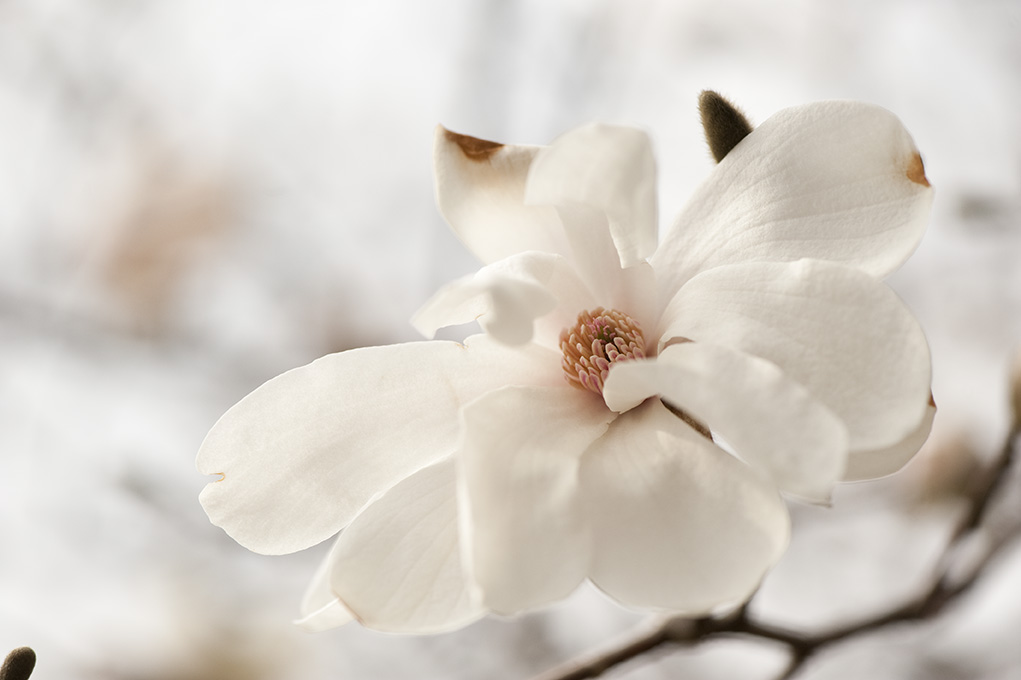
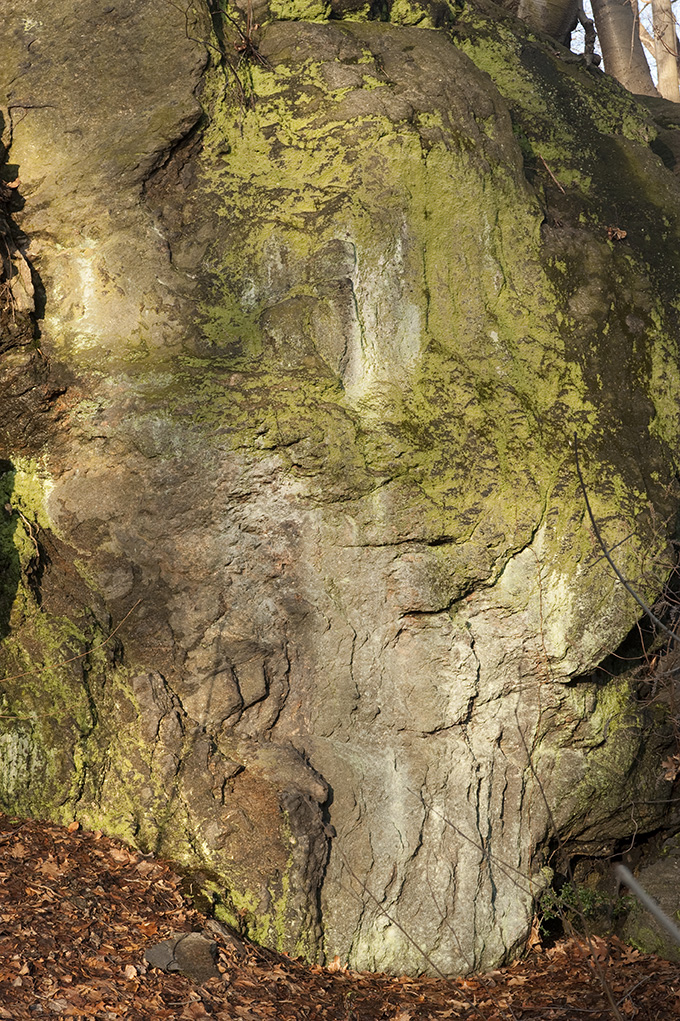
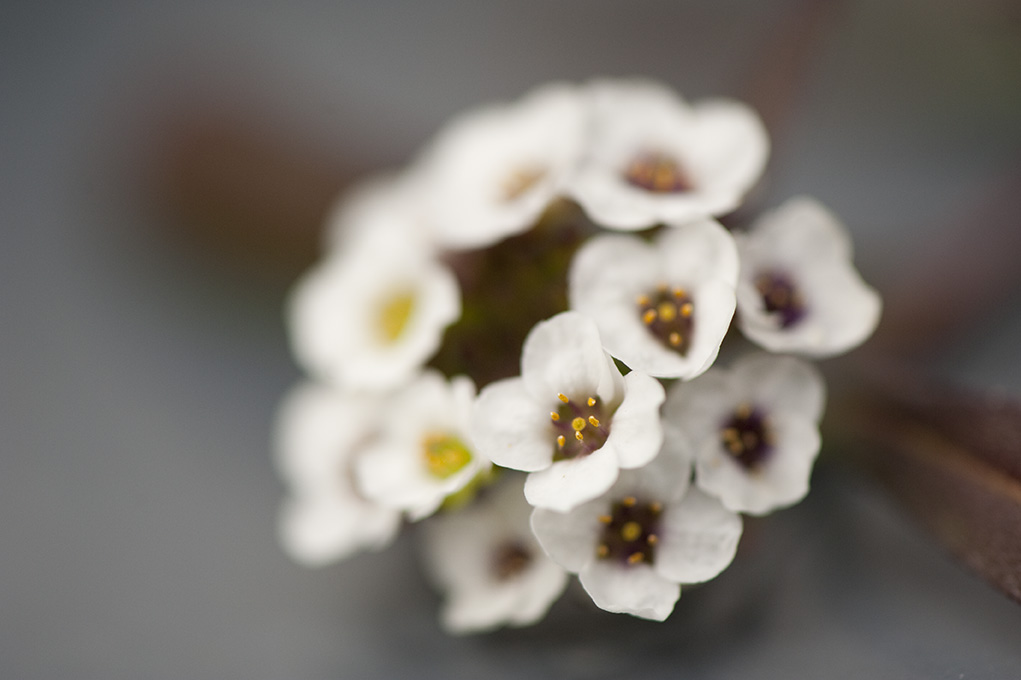
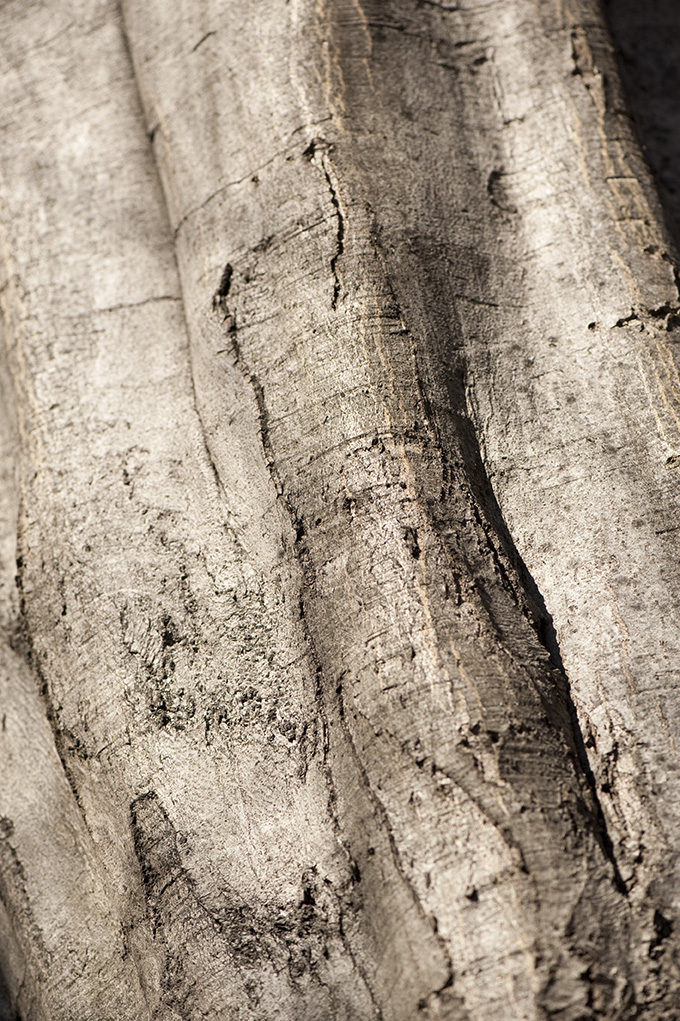
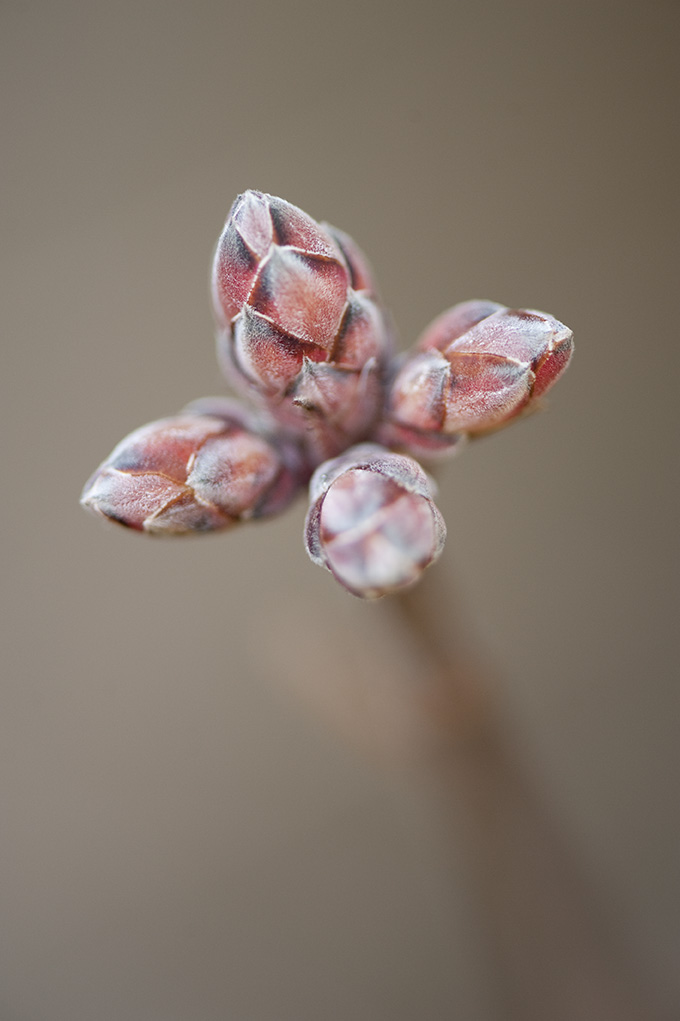
Posted in Photography on April 16 2011, by Ann Rafalko
Celebrating the reappearance of color at the Garden, one hue at a time.
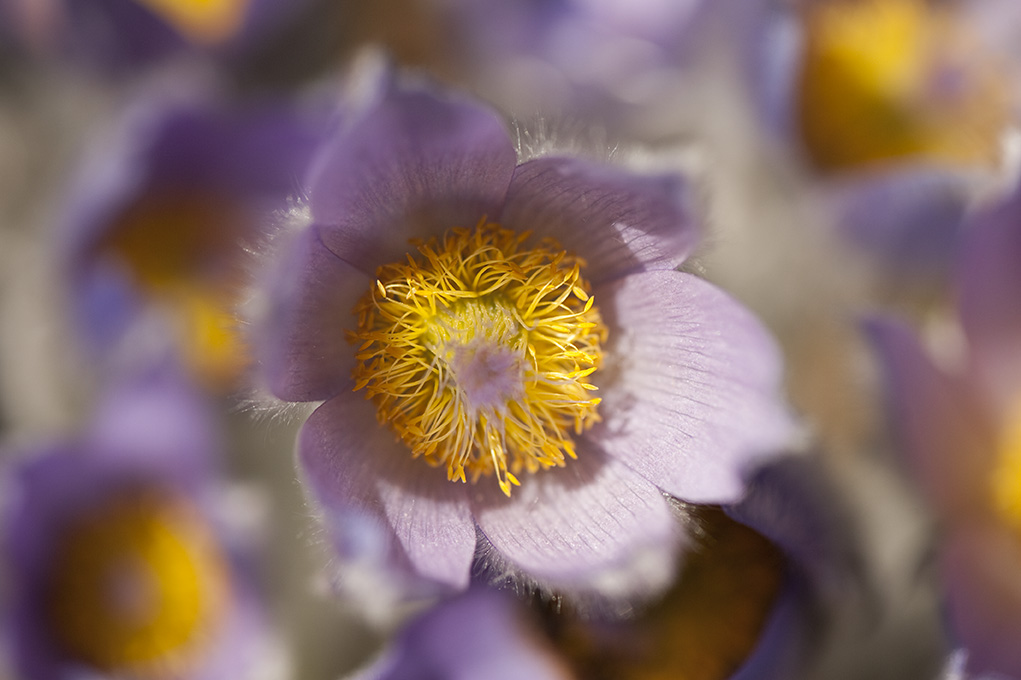
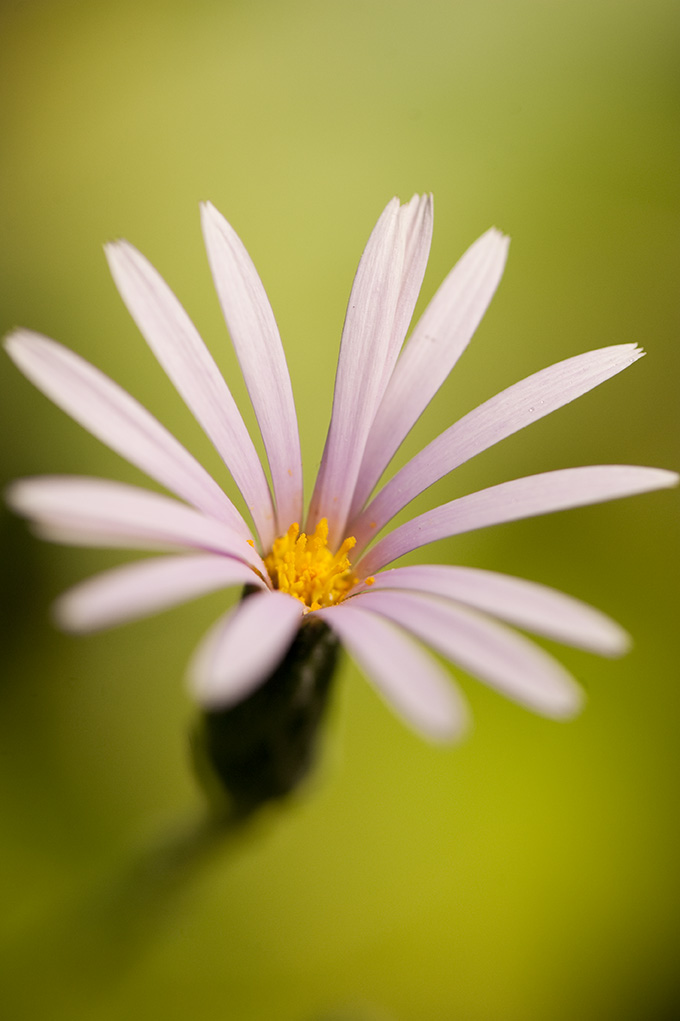
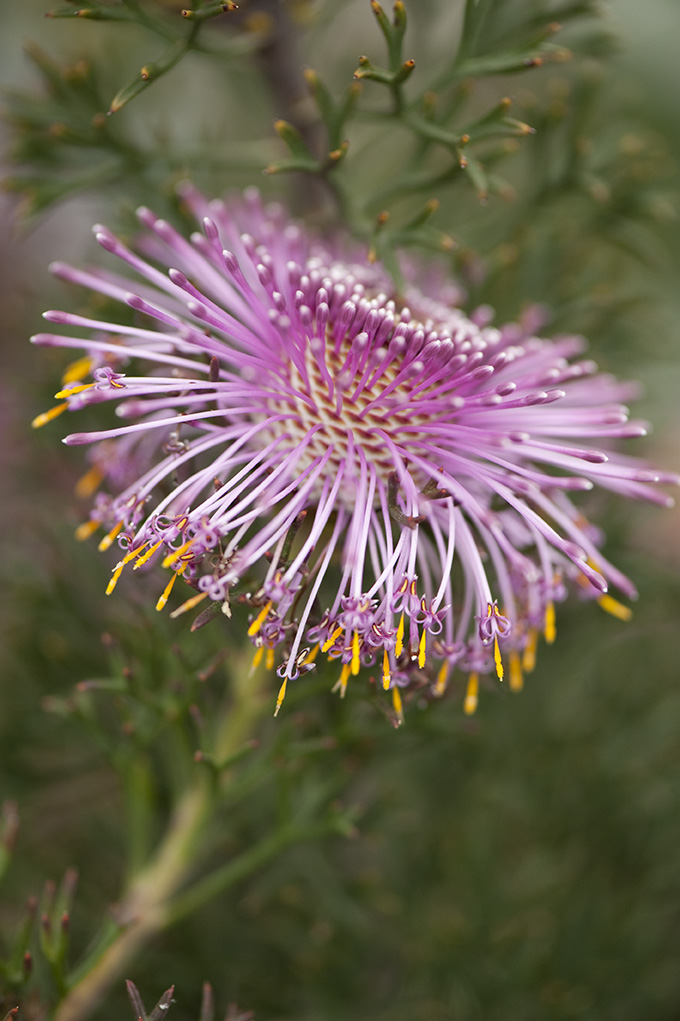
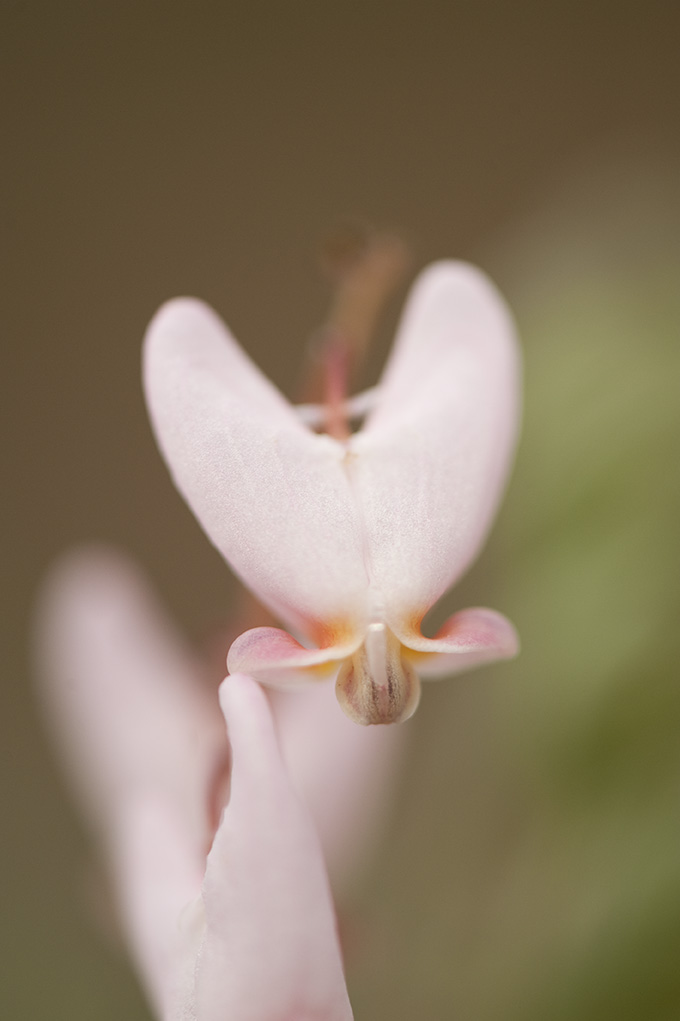

Posted in Around the Garden, The Orchid Show on April 15 2011, by Ann Rafalko
 Just in time for Spring Break, the best of Broadway is making its way uptown to The New York Botanical Garden on Tuesday, April 19, 11 a.m. – 2 p.m.!
Just in time for Spring Break, the best of Broadway is making its way uptown to The New York Botanical Garden on Tuesday, April 19, 11 a.m. – 2 p.m.!
In honor of The Orchid Show: On Broadway, members of Broadway’s most popular shows have created unique interactive programming exclusively for the Garden!
Look for these participants and activities at the locations below in the Adventure Garden:
– Broadway Green Alliance – At the Entrance
Bring your plastic bags to help the Broadway Green Alliance keep plastic bags out of neighborhood trees (and out of landfills) and bring attention to this issue.
– Million Dollar Quartet – At the Stumps
Play Million Dollar Quartet’s version of pin the tail-on-the-donkey, “Pin the guitar on Elvis.”
– Billy Elliot – In the Plaza
The Ballet Girls from the cast of Billy Elliot conduct a ballet dance clinic where you can learn a portion of the number “Shine” from the production.
– Priscilla Queen of the Desert – Near the Waterfall
Priscilla Queen of the Desert will be doing diva-liscious flower and plant face painting.
– Catch Me If You Can – In Sun Central
Fly into the Catch Me if You Can booth to learn how to make the perfect origami airplane.
– RAIN: A Tribute to the Beatles – On Lifecycle Lane
Test your luck in the RAIN Strawberry Fields Memory game for the chance to win tickets to the show and other great
prizes
– The Addams Family – In Sun Central
It’s spooky good fun with The Addams Family’s eyeball toss.
– Baby It’s You – At the Stumps
Play “name that tune” to be entered into a drawing to win tickets to the show.
– Davenport Theatrical/Be A Broadway Star Board Game – Near Plant Part Paradise
Try your hand at this brand new board game.
– Lombardi – In Sun Central
Play the Football Toss to win great prizes.
– Wonderland!, Sister Act, and Memphis – Near the Waterfall
Enjoy coloring, friendship games and temporary tattoos.
– Broadway Partners – Near Boulders
Learn more about these exciting shows:
– Jersey Boys
– How To Succeed In Business Without Really Trying
– Wicked
– Born Yesterday
– La Cage Aux Folles
– Chicago
– Mamma Mia
Posted in Photography on April 15 2011, by Ann Rafalko
Celebrating the reappearance of color at the Garden, one hue at a time.
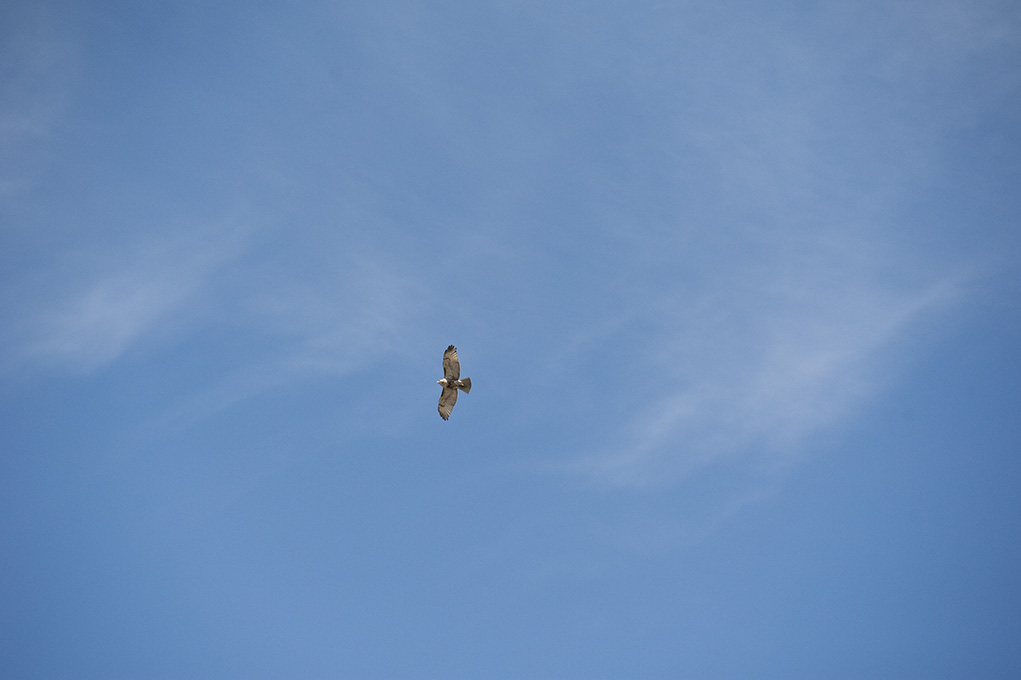
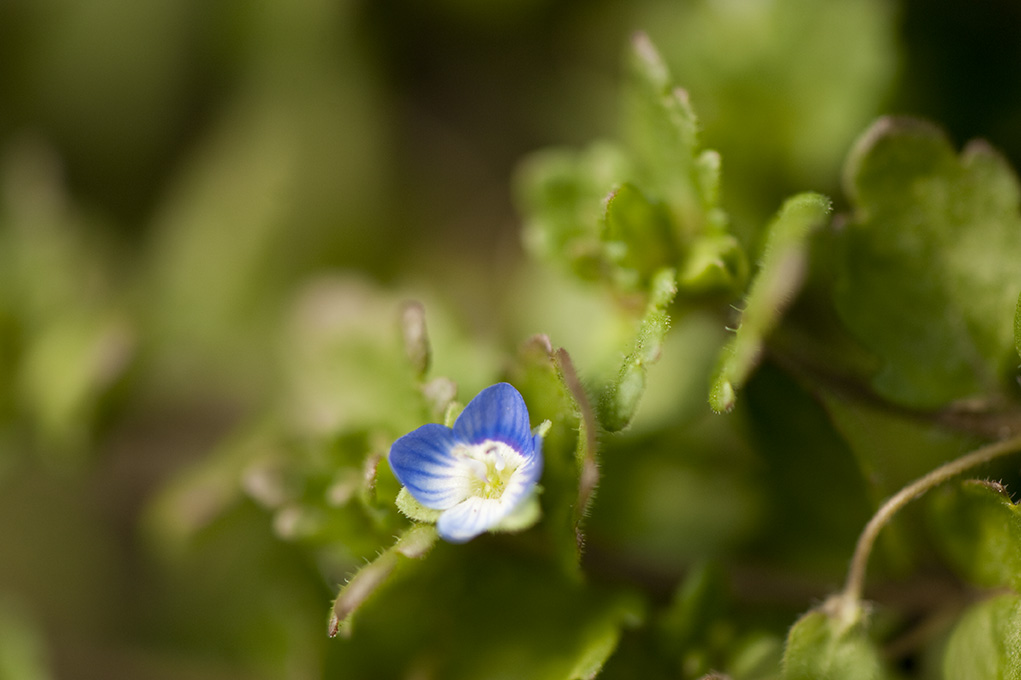

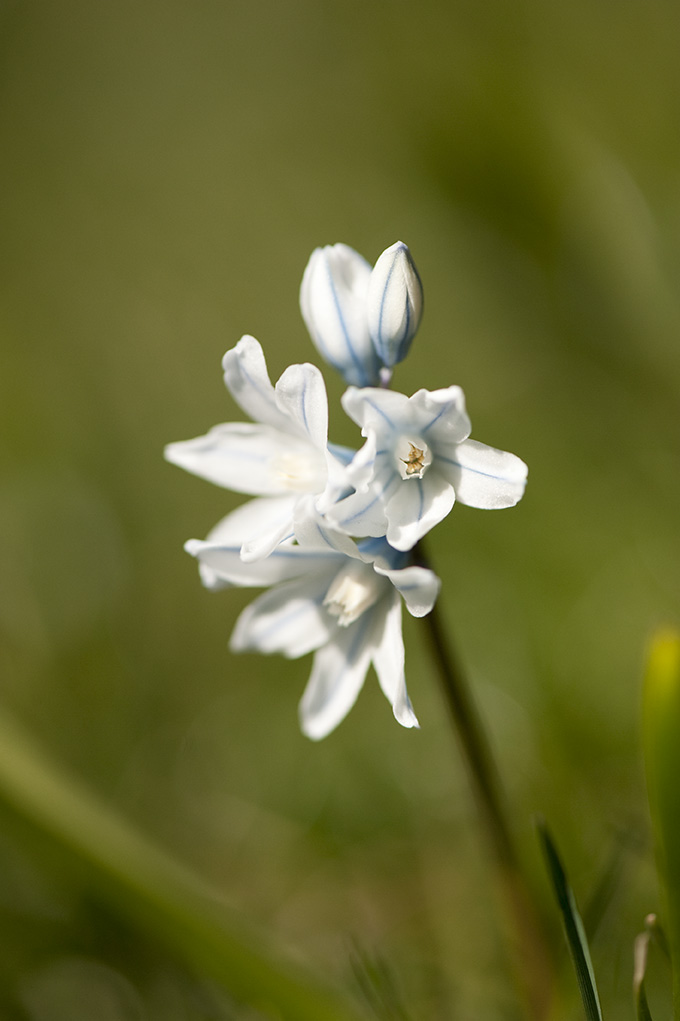
Posted in Photography on April 14 2011, by Ann Rafalko
Celebrating the reappearance of color at the Garden, one hue at a time.
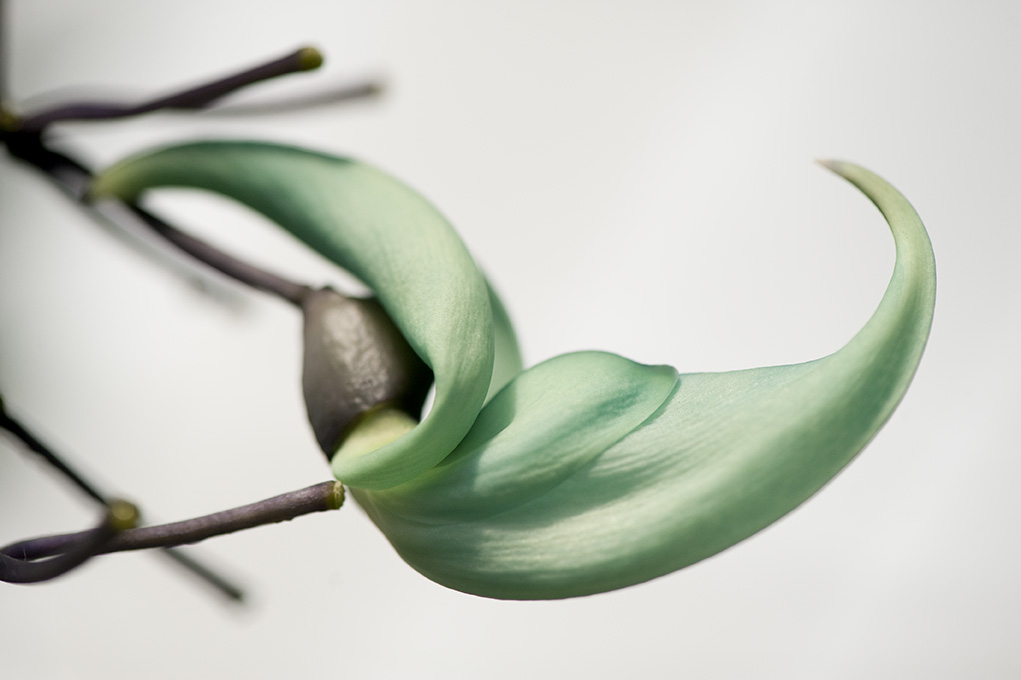
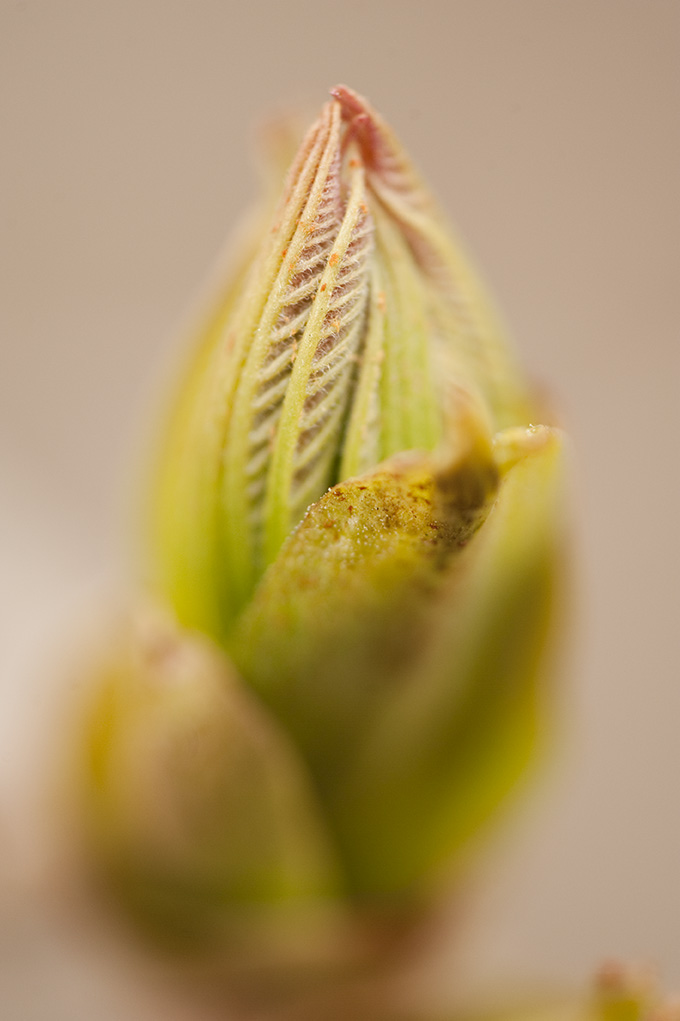
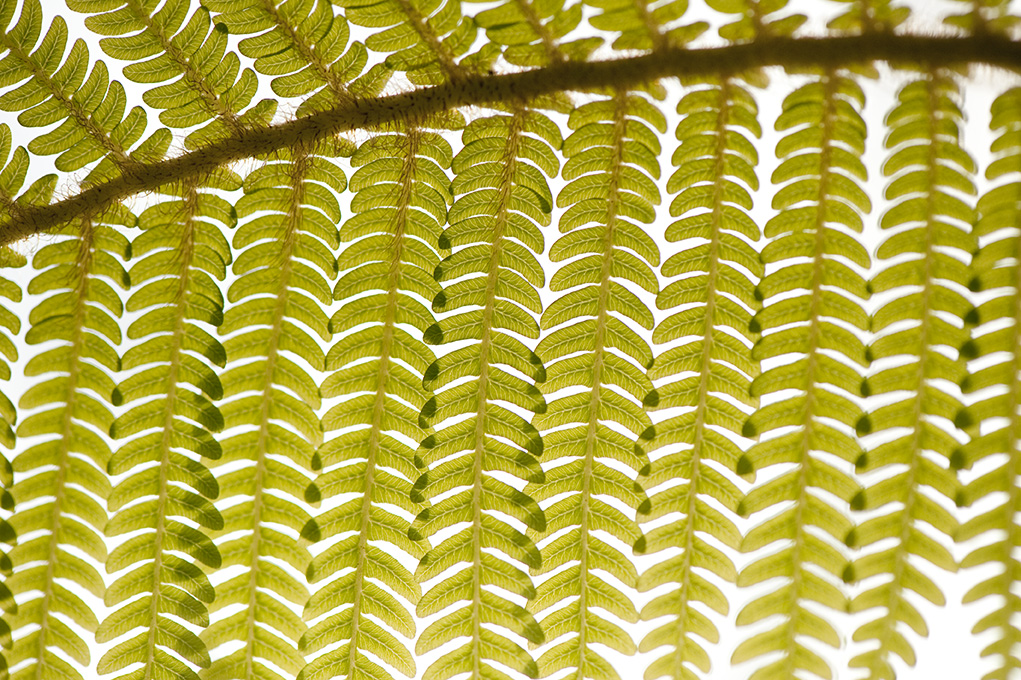
Posted in Photography on April 13 2011, by Ann Rafalko
Celebrating the reappearance of color at the Garden, one hue at a time.
Photos by Ivo M. Vermeulen
Posted in NYBG in the News on April 12 2011, by Ann Rafalko
 |
Jessica Arcate-Schuler is Manager of the Forest. |
 |
Robert Naczi, Ph.D., is Curator of North American Botany. |
The 11th Northeast Natural History Conference was held April 6 – 9 in New York’s capital city, Albany. The meeting attracted more than 500 enthusiasts, who came from as far as Maine and Michigan. Professionals and students delivered 190 oral presentations and exhibited 115 posters on subjects ranging from a survey of reptiles and amphibians in the Albany Pine Bush to an analysis of how deer compound the problem of invasive plant species.
The NENHC Conference is an important regional forum allowing researchers, naturalists, and students to get together to share current research and information. As a leader in this realm, The New York Botanical Garden, of course, made a strong showing. We, Jessica Schuler and Dr. Robert Naczi, moderated the session “Natural History of The New York Botanical Garden: Interpreting an Old-growth Forest.” The session was a multi-institutional, collaborative affair, much in keeping with the project we coordinate called the NYBG Natural History Project. This session included the following presentations:
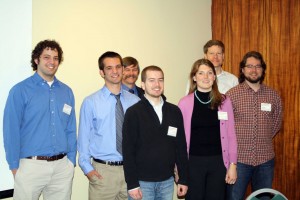
– “Four Hundred Years of Forest Stewardship at The New York Botanical Garden, or Why Was this Not Made Firewood?” a lively history of the Forest was presented by Wayne Cahilly, the Manager of the Lionel Goldfrank III Institutional Mapping Department of NYBG and resident tree climbing expert.
– Matthew Pace, a Curatorial Assistant in the Steere Herbarium, delivered an in-depth reconstruction and analysis of the Garden’s historic flora, “Rediscovering the Flora of The New York Botanical Garden Forest, Using the Steere Herbarium.”
– “Landscape Genetics of White-footed Mice (Peromyscus leucopus) in the Bronx,” presented by Dr. Jason Munshi-South, Assistant Professor of Biology at Baruch College, looked at genetic continuity in New York City’s most common native mammal, the mouse.
– Erik Zeidler, a recent graduate of Bronx High School of Science and current student at University of Kansas, gave a talk revealing some surprising facts about the snapping turtle in, “Herps in the Big Apple?: A Comprehensive Study of Common Snapping Turtle Populations Amidst the Hustle and Bustle of Bronx, N.Y.”
In the Botany Session, James Furlaud, an intern in the Institute of Systematic Botany, delivered an oral presentation, “Taxonomic Status of Stout Smartweed, Persicaria robustior (Polygonaceae).” Jamey based his presentation on the morphometric analysis he conducted of smartweed specimens from the Garden’s Steere Hebarium and Harvard University’s Gray Herbarium.
At the annual meeting of the New York Flora Association held at the Conference, Rob Naczi delivered a presentation on his ongoing efforts to revise Gleason & Cronquist’s influential book, New Manual of Vascular Plants of Northeastern United States and Adjacent Canada.
The NYBG team received many positive reactions to their presentations, especially those by Matthew Pace and James Furlaud. Jamey received Honorable Mention for Best Student Botany-related Oral Presentation from the New York Flora Association. Matthew received Honorable Mention for the Best Overall Botany-related Presentation from NYFA. Congratulations, Jamey and Matthew!
Posted in Photography on April 12 2011, by Ann Rafalko
Celebrating the reappearance of color at the Garden, one hue at a time.
Posted in Members on April 11 2011, by Sabrina Lee
| Sabrina Lee is an artist, community gardener, blogger, and NYBG Member. |
As a California native who was raised in the agricultural belt of that state, I never thought about food in terms of being local, seasonal, or sustainable. Local, in-season fruits and vegetables were always within reach; at roadside farm stands, and in my own backyard. Sustainable was another issue. My father cared for ten plus fruit trees in a backyard the size of ten parking spaces. Throughout my childhood, I plucked softball-sized oranges from our tree; I could not eat them faster than they fell. I later learned this was not a common childhood experience for most; I had no idea.
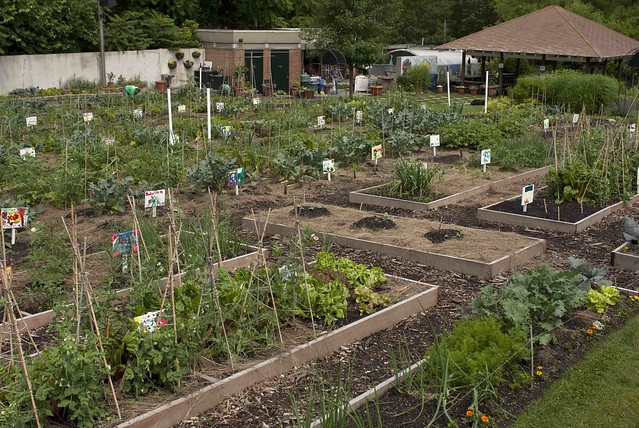
During my teaching days at a charter school here in New York City, I remember asking a student of mine casually, “What did you eat for breakfast?” She replied, “Chips and a soda.” She was in the seventh grade. This was not an uncommon answer among my students and that disturbed me. I do not believe it was a choice on their part to eat this way, but rather a matter of access. The school did not have any patches of green space (prior to leaving California, I had never heard the term, “green space”) designated for the students, and school lunches consisted mainly of processed foods. The closest businesses to the school were fast food establishments and a convenience store that sold products in the same category as my student’s breakfast. Like millions of other New Yorkers, my students did not have private or shared backyards, balconies, or terraces in their homes. Growing up in a city, this poses a very serious question for children, where will they learn about food?
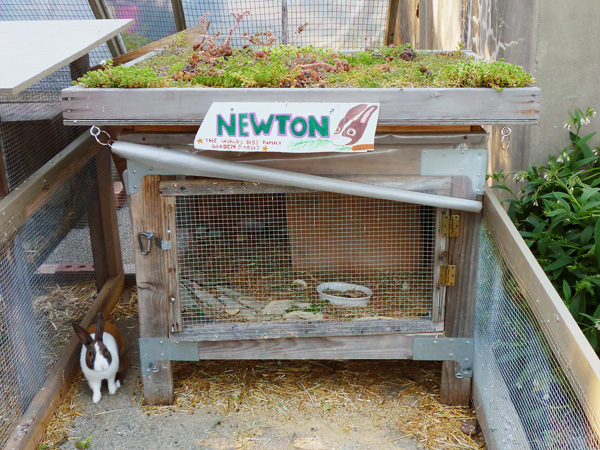
The New York Botanical Garden is an oasis within the concrete neighborhood where it resides. The Ruth Rea Howell Family Garden is an oasis within that oasis. When I first entered the Family Garden, I instantly felt the participatory nature of the space and the imprint of the individuals who have gardened there: in the composting bins, the hanging dried gourds, and the hand painted signs with the names of the vegetables and the names of the young gardeners. This adds to the communal feeling. Food education is paramount to one’s well-being and sets the stage for one’s relationship to food for a lifetime. City children need the opportunity to nurture and grow their own food, and they need to be aware of how their food is grown for them. When you cultivate and care for a garden, your appreciation for food is heightened. The physical labor becomes knowledge in your body. The Family Garden provides city children an opportunity to participate in the full cycle of growing food: sowing seeds, transplanting seedlings, maintaining a garden, harvesting the bounty, collecting seeds, and composting. Children not only gain knowledge and empowerment, but they also gain the sensory experience of working with their hands. It is a wonderful place to visit; I wish I were one of the two rabbits, Darwin and Newton that live there, preferably Newton, his hutch has a succulent rooftop.
Are you a NYBG Member or visitor who would like to share your experiences at the Garden like Sabrina? Consider writing a blog post for Plant Talk! Learn more.